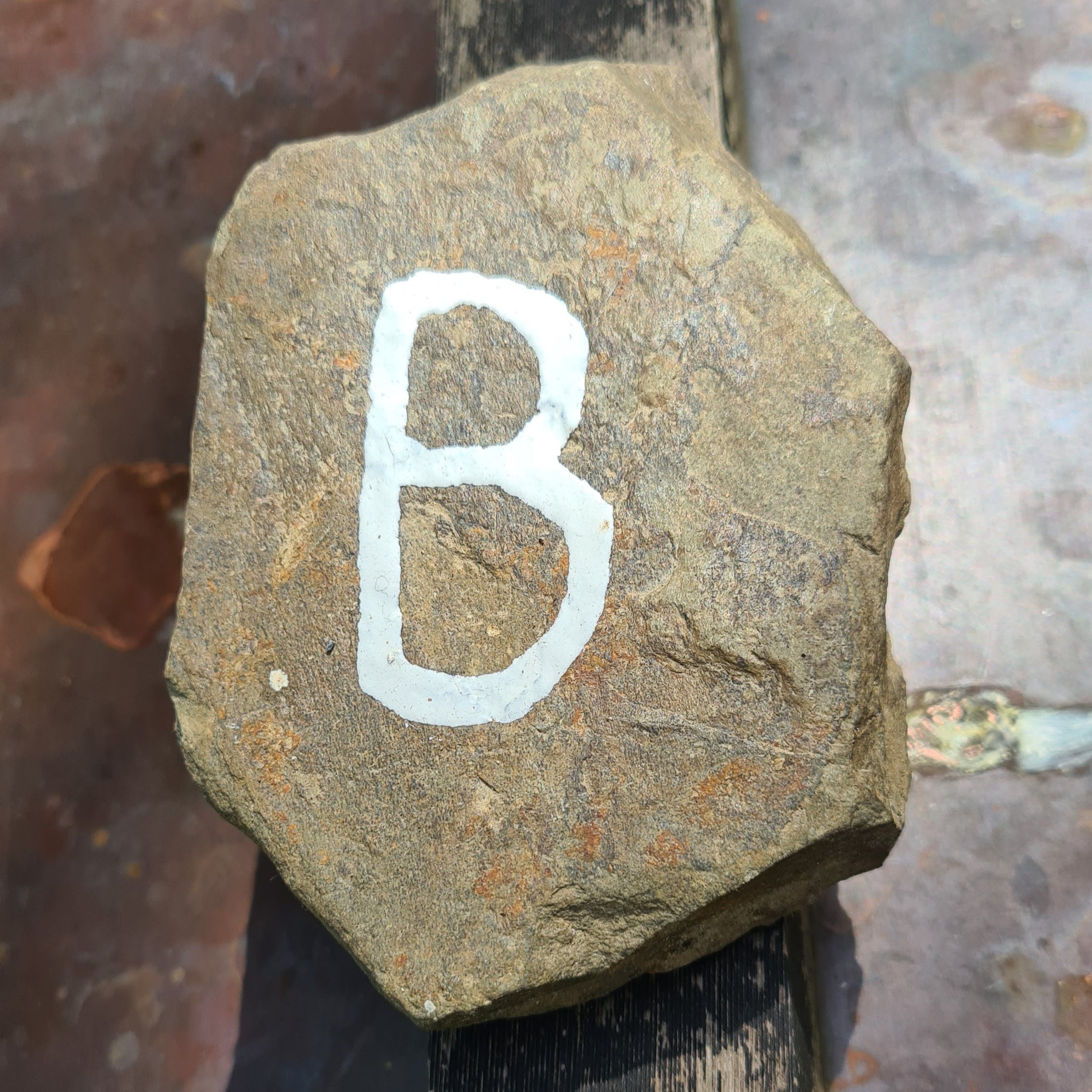Queenright
Following my serially unsuccessful efforts at swarm control this spring, fate took pity and gave me another chance to hive a cast swarm.
The swarm left the hive in the late morning and hung on a pear tree.
Looking for all the world nothing like a partridge.
The skep after initial placement on the table
They were dancing. I tried to read the waggle dances, hoping that they might be indicating an empty hive in my apiary. But they weren’t - at least some of the waggling seemed to be pointing in the other direction.
I collected them in a skep, which I then propped up upside down on a table nearby, to play that waiting game of Where’s The Queen?
After the initial buzz of airborne bees had subsided, the scene stayed quiet for much of the afternoon, with a large faction of bees still hanging on the pear branch while the others were clustered in the skep. I began to think that I had missed the queen and that she was with the bees still on the branch.
All at once, however, the pear tree cluster took flight. The swarm cloud circled around…and headed en masse for the skep. Here’s a sped up video - 25 minutes into 25 seconds:
What you might think would be a happy reunion between branch bees and skep bees, who after all were previously the same swarm, was not without some family squabbling. Bees struggled with each other in martial arts style combat, dragging one another around the table top. In the end though, they all ended up in the skep.
Bees having arguments
I left them to settle down. Having learned the importance of not hiving bees until dusk, I opted to hive them after my evening immunology talk rather than before it. This meant beekeeping by moonlight, and I was glad of a reasonably bright quarter moon. I held the skep over my previously prepared nucleus box, and thumped it firmly down. Bees fell heavily into the box. It was far from being a perfect transfer, as the mouth of the skep was wider than the box, and a sheet placed at the edge was only partially effective at limiting spillage of bees. However, the majority seemed to be in, and I carefully added frames then closed up the hive.
And all was well. The next day, the bees were there, orienting at their new hive entrance.
Orienting
Lost bees
Nucleus box
The nighttime transfer was not without loss of bees though. Quite a few lost bees returned to the table where the skep had been. Overall, though, I count the operation a success.
And all is still well. These bees have a laying queen, Queen Belladonna, and I have moved them from their nucleus box into a full size hive.
The original colony - source of all the swarms - has also successfully requeened; Queen Columbine.
And the new colony, which I created by splitting the original colony after its initial swarm, also now has a laying queen - Queen Dittany.



